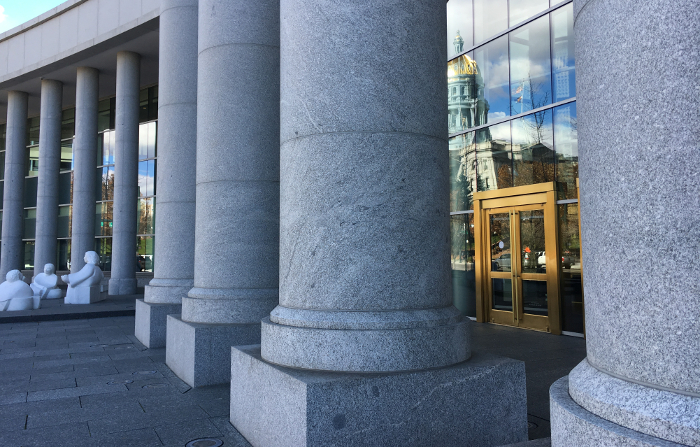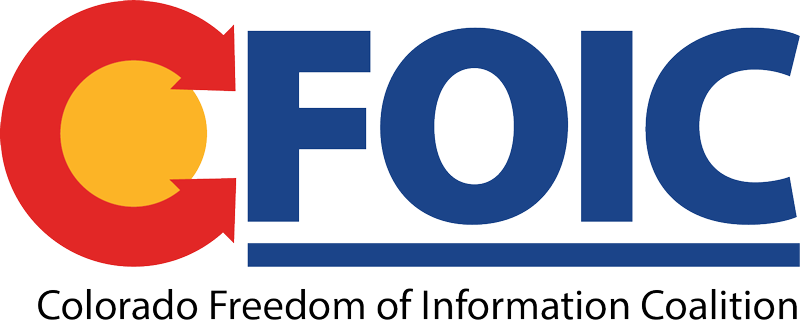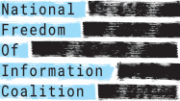By Jeffrey A. Roberts
CFOIC Executive Director
A long-awaited proposed new rule on the sealing and suppression of criminal court records could be ready in January and a public hearing likely will follow, the chief justice of the Colorado Supreme Court told state lawmakers last week.
“We are very close,” Chief Justice Nathan Coats said during a Joint Budget Committee hearing. “This has gone through a very serious process – subcommittee work and revisions back to the committee … I’m hopeful that within the reasonably foreseeable future, we will make a decision about whether to have a rule and what kind of rule.”

For several years, the Colorado Freedom of Information Coalition has pushed the state’s judicial branch to adopt a uniform standard for restricting access to criminal court records, proposing a rule modeled after one endorsed by the American Bar Association. A clear rule is needed, CFOIC has argued, because each trial court judge must determine the legal standard to apply whenever there’s a dispute over limiting the public’s right to inspect court records.
“The justice system stands to gain if, at the outset, everyone understands the rule of law that guides the outcome,” CFOIC president Steve Zansberg wrote in a 2016 column.
Zansberg made a presentation to the judicial branch’s Public Access Committee in early 2018. But it wasn’t until later, after a series of stories in The Denver Post, that the Colorado Supreme Court’s 14-member Rules of Criminal Procedure Committee began a comprehensive review of court record sealing and suppression.
In his “Shrouded Justice” series, The Post’s David Migoya revealed that thousands of Colorado court cases, many of them involving violent felonies, were hidden from public view because of judges’ orders to suppress them. A suppressed case is accessible only to judges, court staff and parties to the case. Anyone else seeking access must obtain a court order.
“I hate to learn things in newspaper stories, but this was kind of new to all of us,” Coats said of the volume of suppressed cases discovered by Migoya. “Nobody had really stopped to think about this. It was not an intentional matter, really.”
What happened in many instances, he said, is that an attorney in a case made a motion to suppress and the other side didn’t object. “The court is simply in the position of having nobody object, so it grants an order …,” Coats testified. “And in the absence of some kind of suspense mechanism to bring this back to (the judge’s) attention, it just remains that way.”
Many of the cases identified by Migoya no longer are suppressed, Coats said.
The chief justice said he asked the committee to study multiple aspects of the process, such as: how suppression should be limited; the requirements for a motion to suppress; the criteria for suppression; the notice given to other parties; and the length of time before a suppression is reviewed.
Although the Rules of Criminal Procedure Committee has been meeting behind closed doors, it posted a version of a proposed rule in October. It’s not known whether or how that version has since been revised.
The committee’s finalized proposal will be presented to the Supreme Court justices. “And we, with this kind of a rule, will undoubtedly have a public hearing,” Coats told legislators.
Follow the Colorado Freedom of Information Coalition on Twitter @CoFOIC. Like CFOIC’s Facebook page. Do you appreciate the information and resources provided by CFOIC? Please consider making a tax-deductible donation.




